Tel Aviv Unveiled: The Architecture of the White City
Tel Aviv is a charming medley of architectural styles coexisting along aside each other. Each of the distinct styles is a little mark of history, and can tell us a little about the social happenings of that time. Even Tel Aviv’s many names give us a hint to the ever-changing nature of this dynamic city- from the ‘Garden City’ to the ‘White City’, this Mediterranean seaside gem is constantly evolving.
The early architecture of Tel Aviv tended to the more classic side, with European-style single-story houses topped with red-tiled roofs. This style is prevalent among the older neighborhoods, including as can be seen in Jaffa and Neve Tzedek. Neve Tzedek, the first Jewish neighborhood, is particularly notable as the settlers constructed similar buildings and the neighborhood is characterized by two-story sandstone buildings. This form of architecture can also be seen in the South Tel Aviv and the ‘Old City’.
By the 1920’s, a new eclectically oriental style gained popularity, combining European architecture with Middle Eastern features such as arches, domes and ornamental tiles. Many of these restored buildings have a fairy tale quality, taking you back in time with their lovely arched terraces and double high ceilings.
The famous Bauhaus architecture that earned Tel Aviv the title of the ‘White City”was introduced in the late 1920’s and continued until the 1950’s. A wave of German immigrants, including many architects, brought with them the German design aesthetic and set about bringing a new era of architecture to the city. With over 4,000 Bauhaus-style buildings in Tel Aviv, it is the largest collection of this architectural style in the world, leading UNESCO to declare them protected landmarks and Tel Aviv a World Heritage Site. While many of them have been restored to their former glory, some still remain untouched and thorough preservations are noticeable in the “Old City” of Tel Aviv (NeveTzedek and Lev Ha’ir).
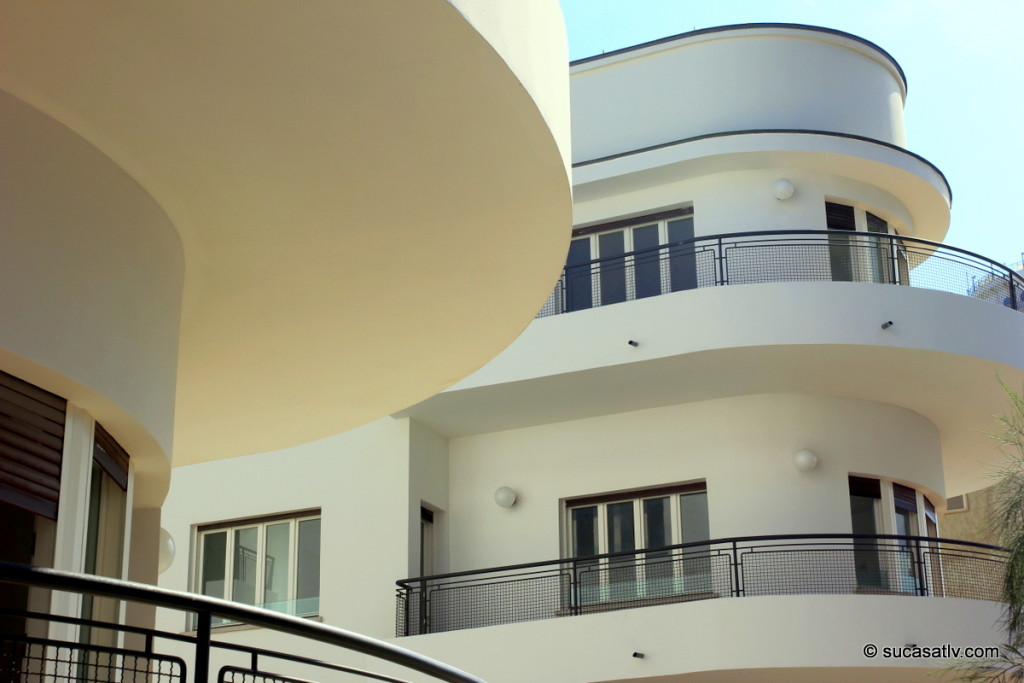
Never one to slow down, Tel Aviv quickly fell into the next generation of popular architectural style. With the new emphasis on boulevards and public parks, Tel Aviv morphed into the “Garden City”.
Tel Aviv’s main municipal structure began in the early 1950’s, as two and three story buildings began to replace the previously popular Bauhaus designs. Various architectural styles, such as Art Deco, Classical and Modernist also exist in Tel Aviv.
In the 1960’s Tel Aviv began modernizing itself and the Bauhaus architecture gave way to high rise, modern office towers, top of the line hotels and skyscrapers. The ‘Shalom Meir Tower’ on Herzel St, Israel’s first skyscraper was considered the tallest tower in the Mediterranean and kept its title for 14 years; it was also known as the tallest tower in Israel until the round Azrieli tower, the first among the three Azrieli towers, officially opened its gates.
Being the nation’s economic, commercial and cultural heart, it is since 1999 that Tel Aviv has been rising taller and taller by the year with commercial and residential high rises, claiming it the largest and most noticeable skyline in Israel.

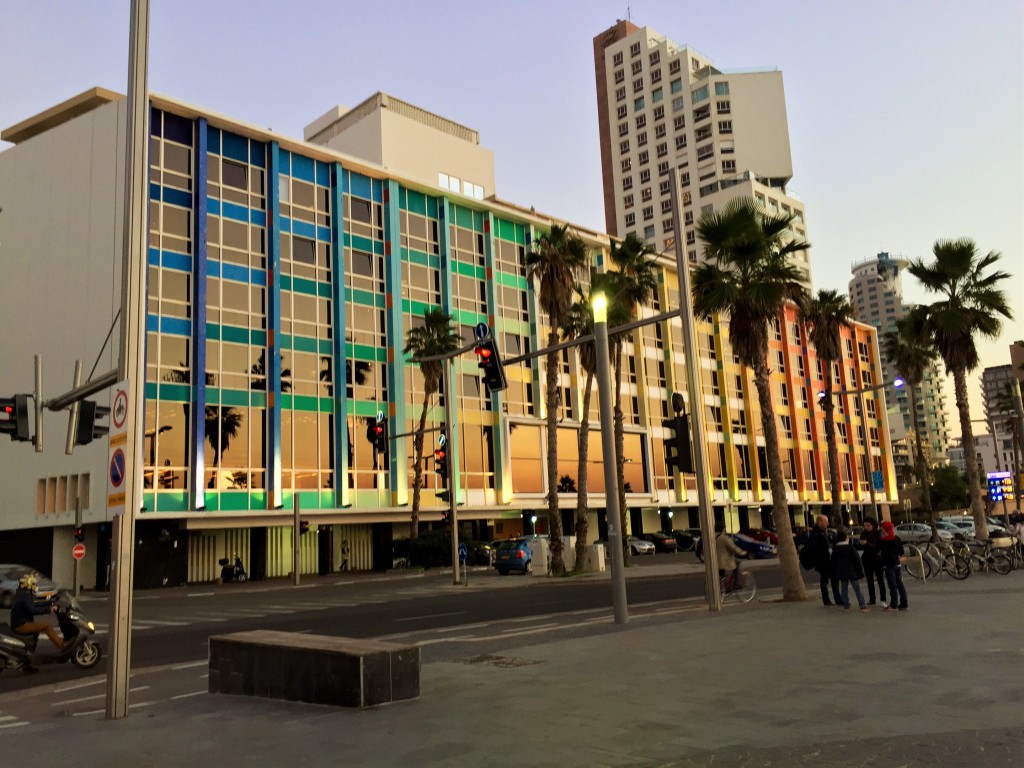
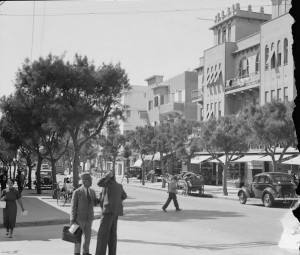
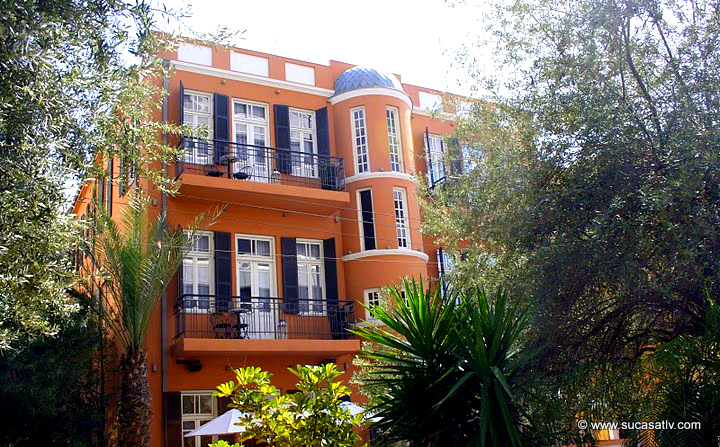
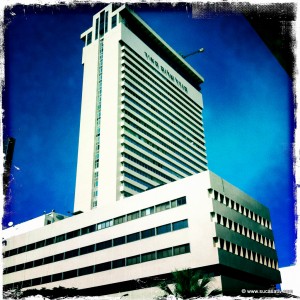
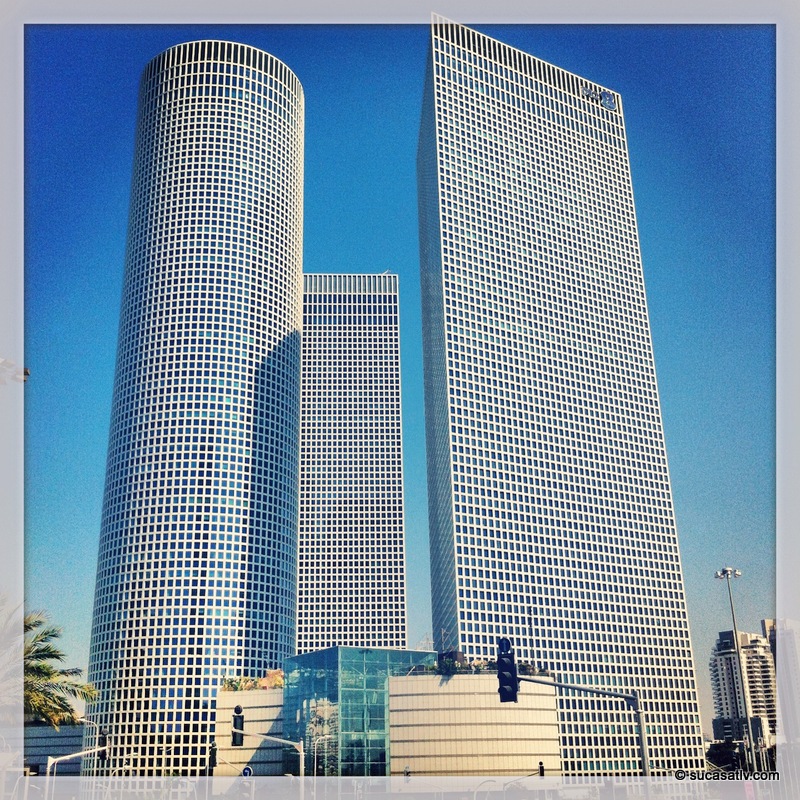
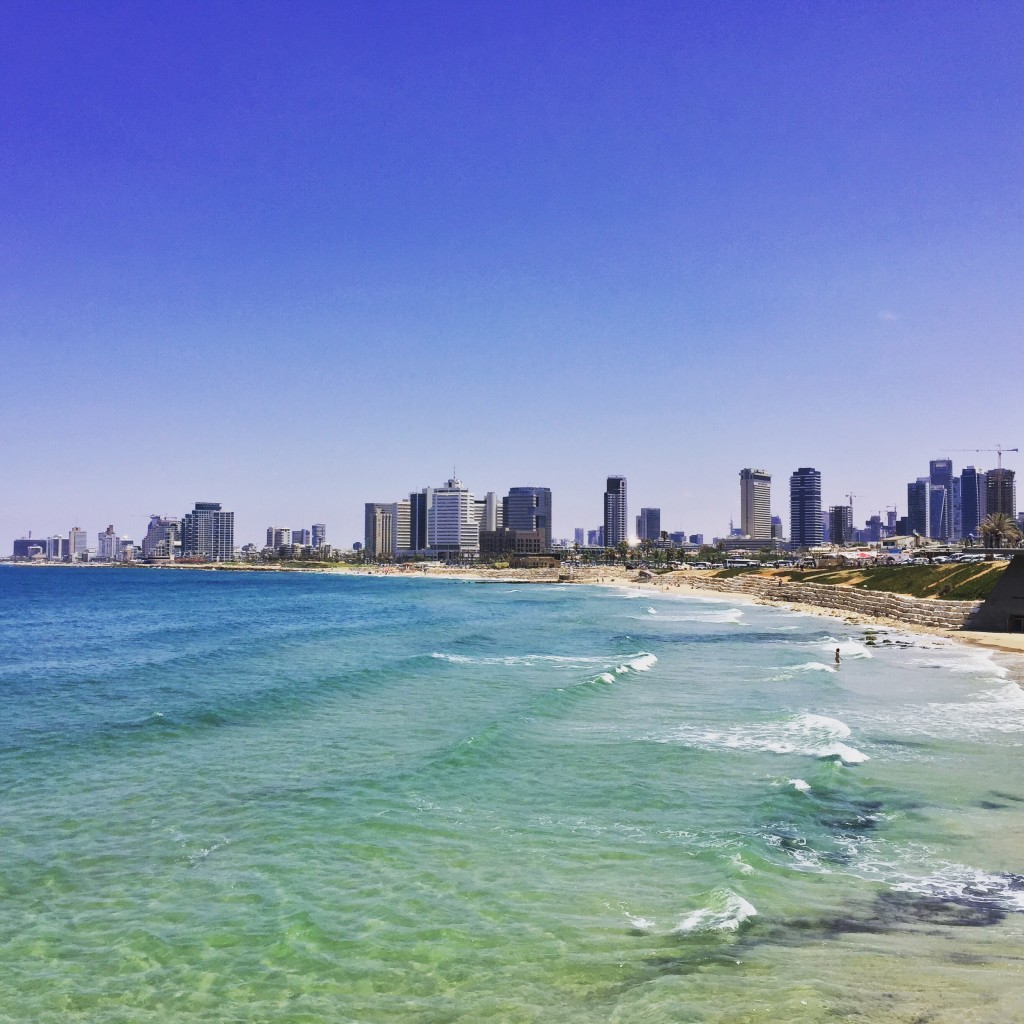
[…] Read more about Tel Aviv’s diverse architecture here. […]